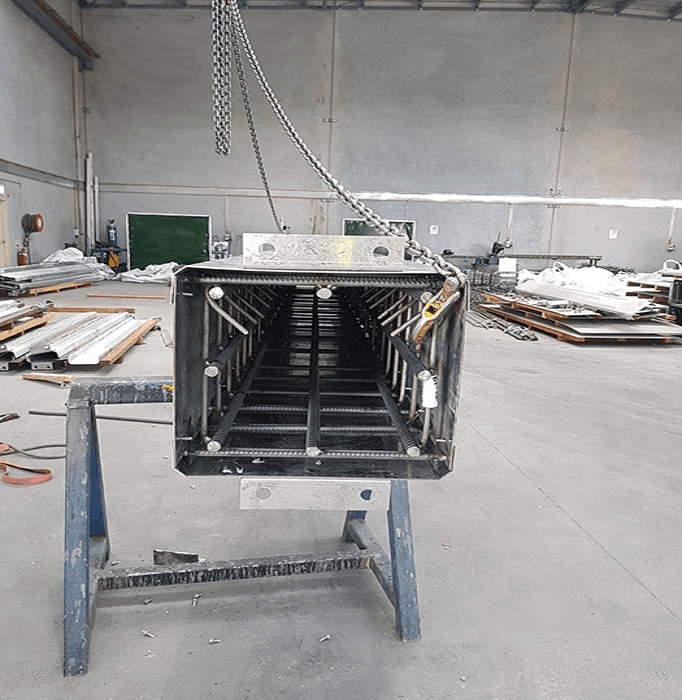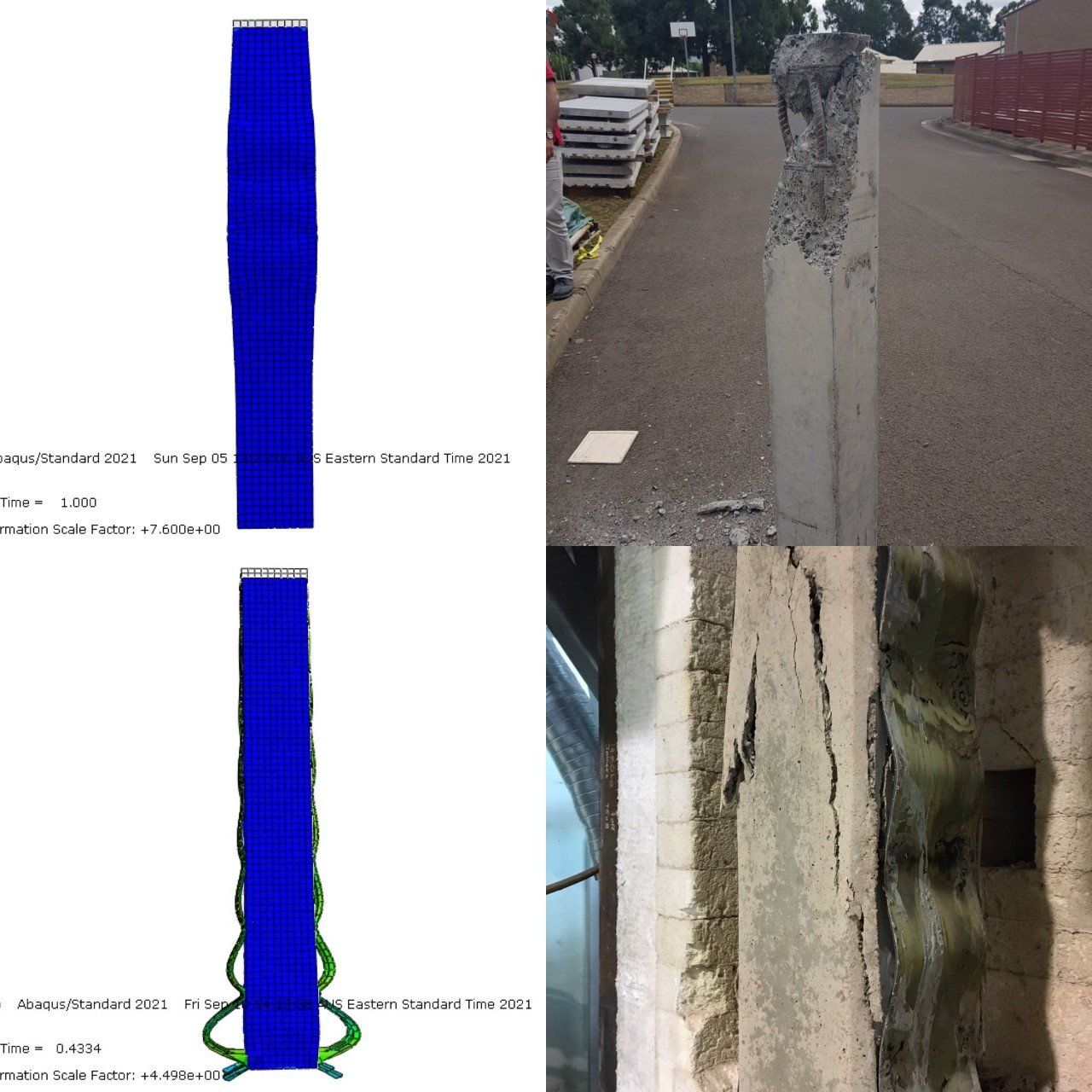Vihanga Ilankoon Haluwadana Mudiyanselage
My enthusiasm lies mainly in engineering design and improving existing designs to achieve better performance. The final goal I would like to achieve is to assist sustainable structural design, wherein throughout the life cycle of a structure, adverse effects on the environment is minimal.
Between 1997 and 2008, 26 firefighters lost their lives in the building collapses. In most cases, structural collapse commences from column failure, as they tend to be the primary load-bearing entity of a structure. The standard type of column in use is the conventional reinforced concrete column (RC). Through experimental analysis it has been identified that RC columns lack in their fire performance due to the complete exposure of concrete to fire. Failure modes discovered included the spalling, cracking and fracture of concrete coupled with buckling of longitudinal reinforcing bars.
MODULAR COLUMN
As an attempt to improve the fire performance of columns, a modular design has been proposed. The modular column make-up consists of a combination between a conventional RC column and a concrete-filled steel tubular column. The design proposed herein consists of two galvanised steel plates on the outside of the column, which provide partial confinement to the concrete upon exposure to fire. When exposed to fire, concrete undergoes degradation causing the load-bearing capacity to drop significantly over time. Through numerical analysis, it was found that upon 120 minutes fire duration, RC and modular column experience a compression capacity reduction of 44% and 33.8%, respectively. Furthermore, from the experimental analysis it was seen that the modular column undergoes low levels of spalling compared to the RC column. The confinement provided by the galvanised steel sheets prevents direct exposure of concrete to fire, thus the rate of loss of compression capacity decreases. Moreover, the implementation of modular columns allows fast construction due to its preformed nature.
In addition, other advantages also includes the contribution to site safety as fewer workers, materials and equipment are required for the installation of columns. This reduces site congestion and makes it safer to work in tight environments.



